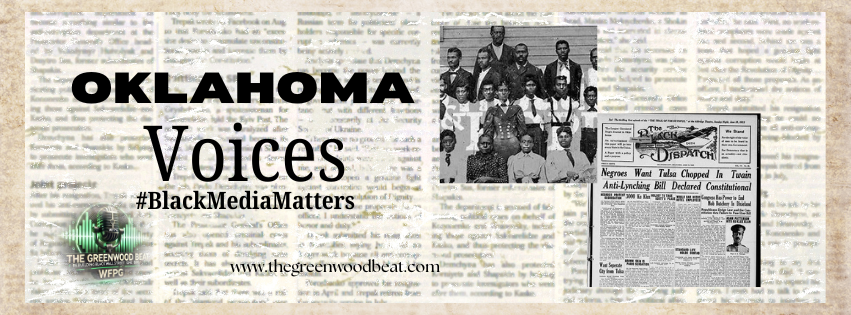“Voices of Resilience: The Legacy of Black Newspapers in Oklahoma”
Oklahoma’s Black press has long served as more than a source of local news—it has been a bastion of resilient storytelling, truth-telling, and advocacy for Black communities across the state.
Early Rise and Assertion of Rights
The lineage of Black journalism in Oklahoma began with pioneering efforts like the Oklahoma Guide (1889) and the Langston City Herald (1891), which provided platforms for self-determination in emerging all-Black towns okcrotary.club+15okhistory.org+15localmedia.org+15 During the early 20th century, Black newspapers filled critical gaps left by mainstream media that either ignored or misrepresented Black lives.
Guardians of History and Justice
Publications such as The Black Dispatch (founded by Roscoe Dunjee in 1915) and the Oklahoma Eagle (established post-Tulsa Race Massacre in 1922) became key voices in documenting injustice and uplifting community heroes blogs.loc.gov+15en.wikipedia.org+15en.wikipedia.org+15 These papers chronicled everything from everyday lives to the horrors of lynching and racially motivated violence—truths that white-owned papers largely ignored.
Family-Owned, Community-Rooted
For decades, Black newspapers like the Oklahoma Eagle and The Black Chronicle in Oklahoma City remained family-owned — with the Goodwin and Perry families, respectively, maintaining their legacy across generations storage.googleapis.com+15localmedia.org+15en.wikipedia.org+15 Their endurance shows a deep link to local identity, cultural memory, and economic empowerment.
Modern Survivors and Digital Advocates
Today, outlets such as The Trumpet on Greenwood (founded 2023) and programs like Focus: Black Oklahoma fill vital media niches with contemporary perspectives on equity, accountability, and cultural pride in Tulsa and statewide, facebook.com/trumpetongreenwood
Why It Matters:
-
Historical documentation & civic memory: These outlets preserved the full story of Greenwood, Tulsa’s Black Wall Street, even after the massacre and mainstream censorship en.wikipedia.org+4investopedia.com+4newyorker.com+4.
-
Community advocacy: Black media has addressed systemic inequalities—from segregation to modern-day school issues and public health disparities.
-
Self-representation: By telling their own stories, Black journalists reclaimed dignity and agency during periods of exclusion and misrepresentation.

Leave a Reply